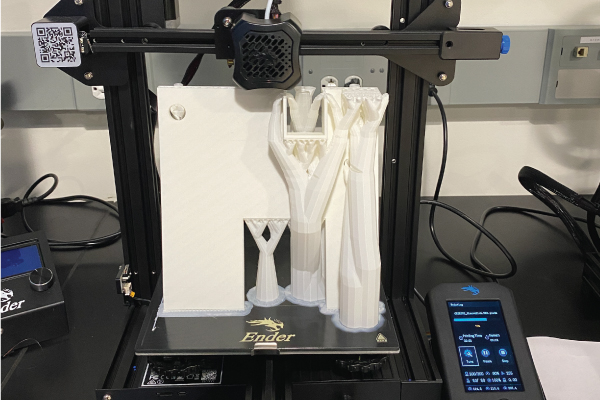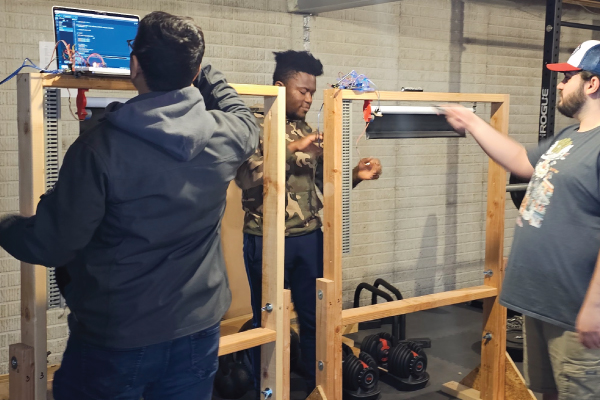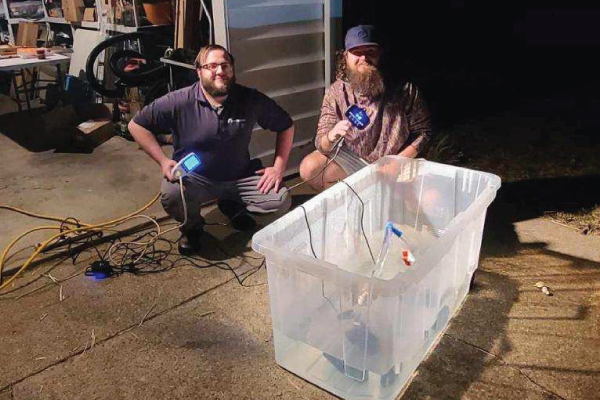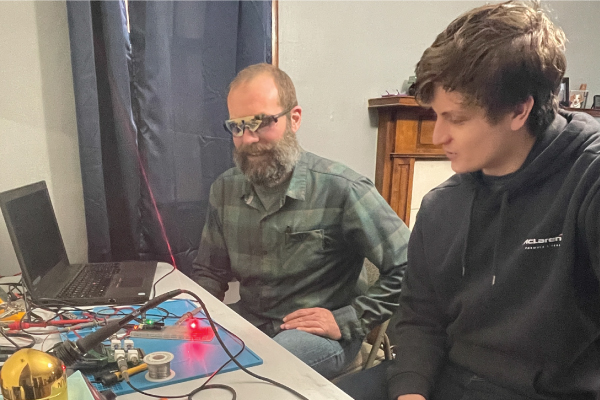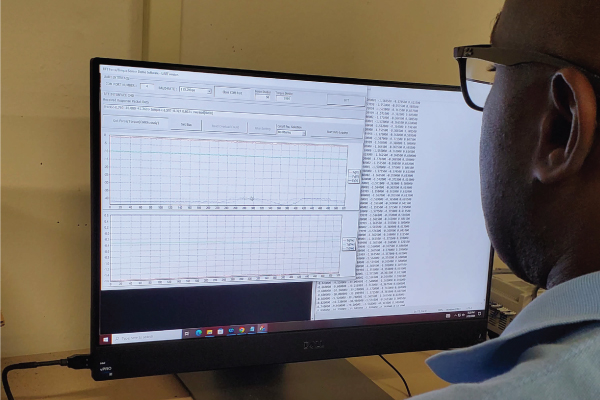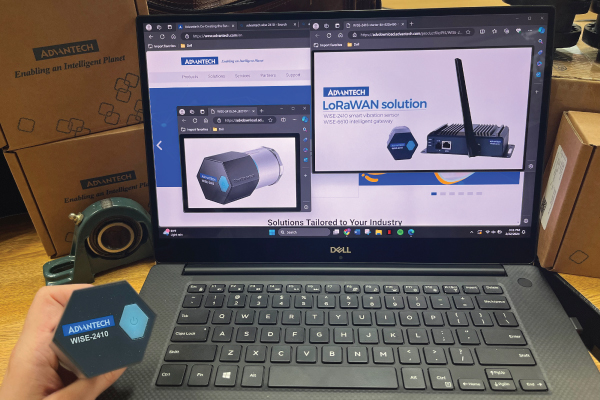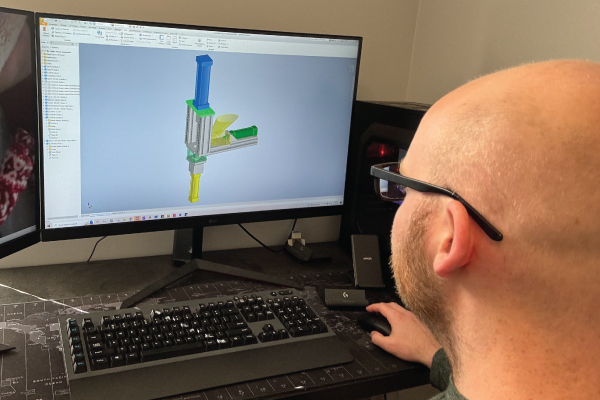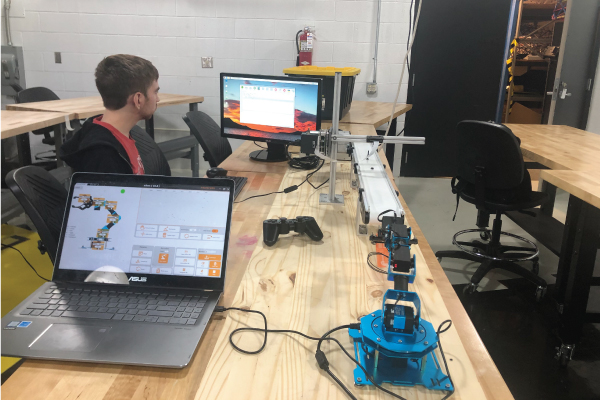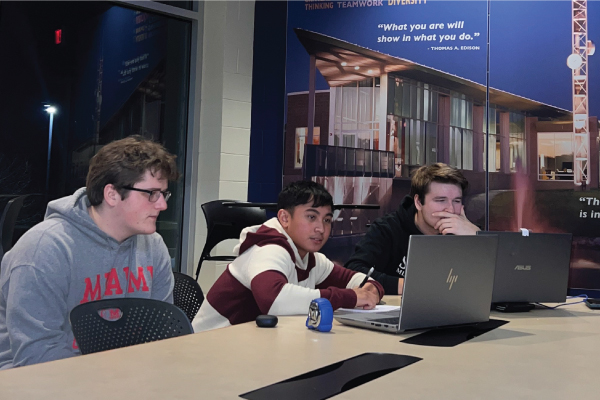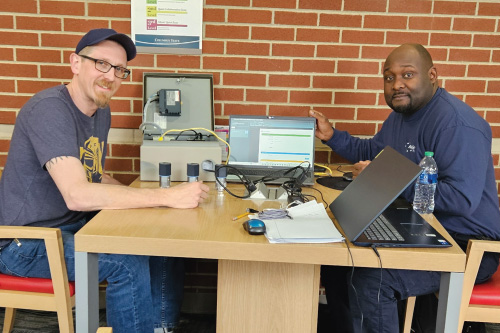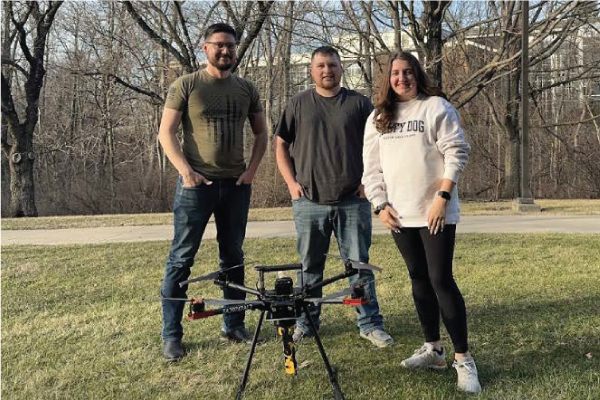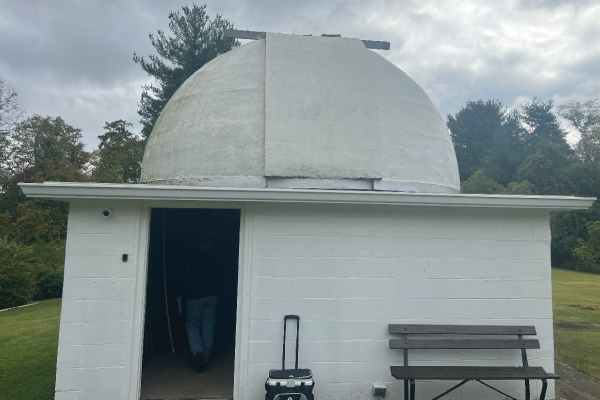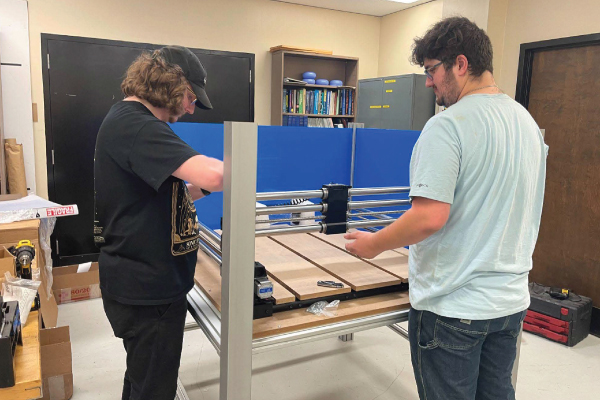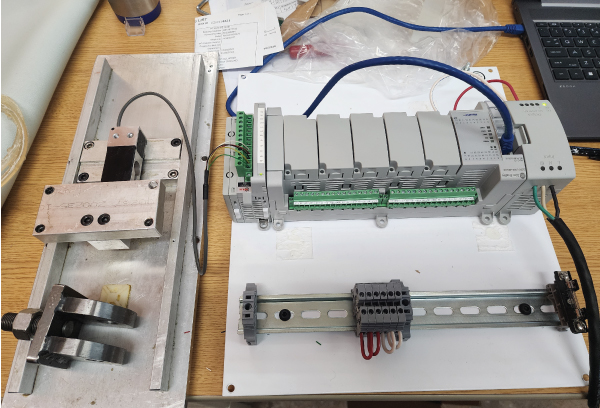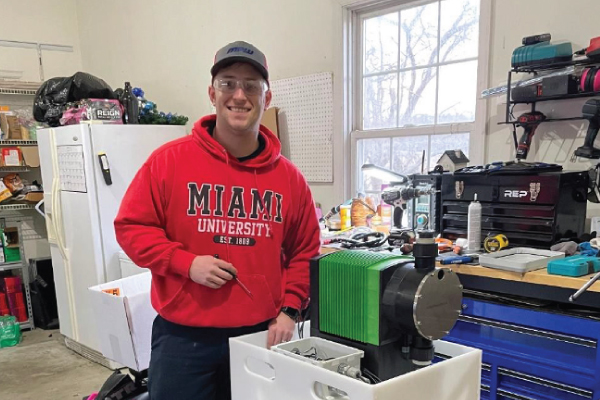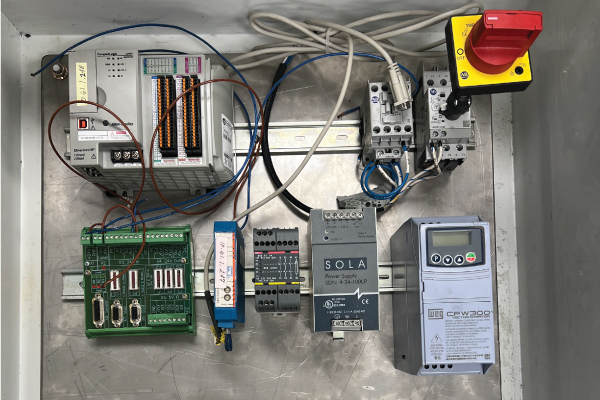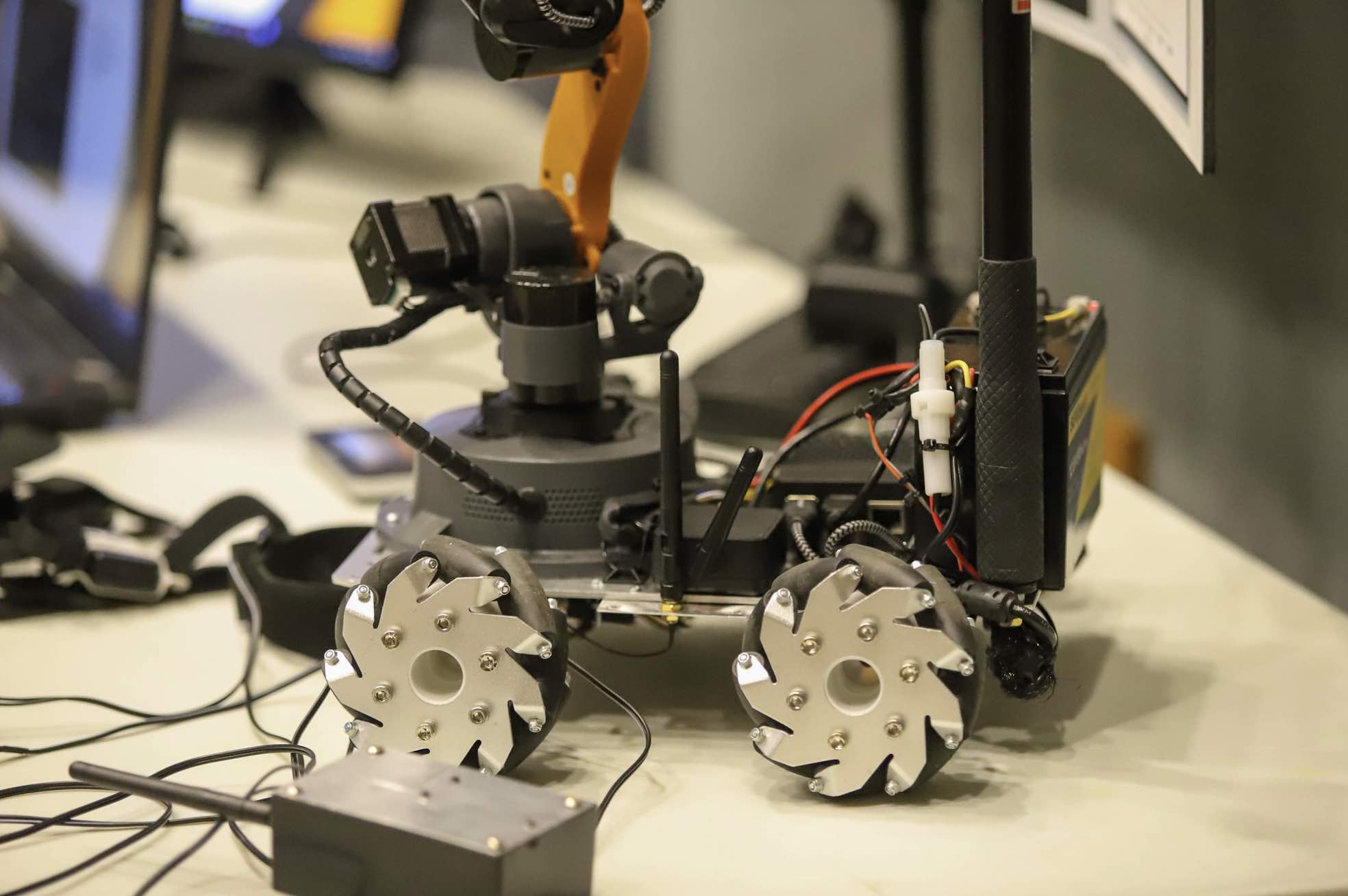
ENT Senior Design Day 2024
Student teams conduct major open-ended research and design projects. Elements of the design process including establishment of objectives, synthesis, analysis, and evaluation are integral parts of the capstone. Real-world constraints such as economical and societal factors, marketability, ergonomics, safety, aesthetics, and ethics are also integral parts of the capstone. ENT 497: feasibility studies performed; ENT 498: implementation, testing, and production of design.
Through the Lens
On Friday, Apr. 26 ENT seniors shared their research results and presented design projects to ENT alumni and community partners.
| ROOM A | ROOM B |
|---|---|
|
9:30 a.m
|
9:30 a.m
|
|
10 a.m.
|
10 a.m.
|
|
10:30 a.m.
|
10:30 a.m.
|
|
11 a.m.
|
11 a.m.
|
|
11:30 a.m.
|
11:30 a.m.
|
12-1:30 p.m.
|
|
|
1:30 p.m.
|
1:30 p.m.
|
|
2 p.m.
|
2 p.m.
|
|
2:30 p.m.
|
2:30 p.m.
|
|
3 p.m.
|
|
|
3:30 p.m.
|
